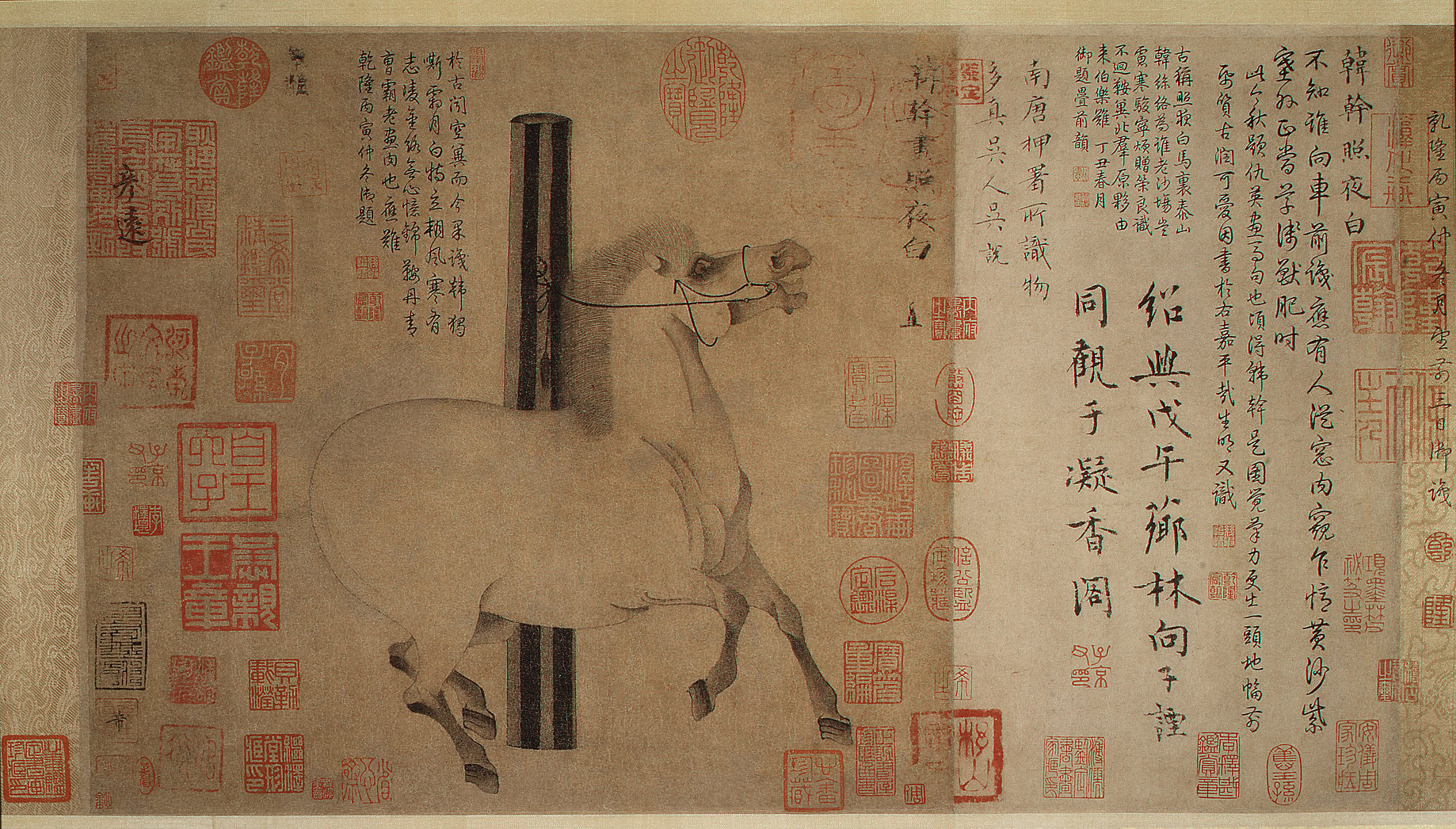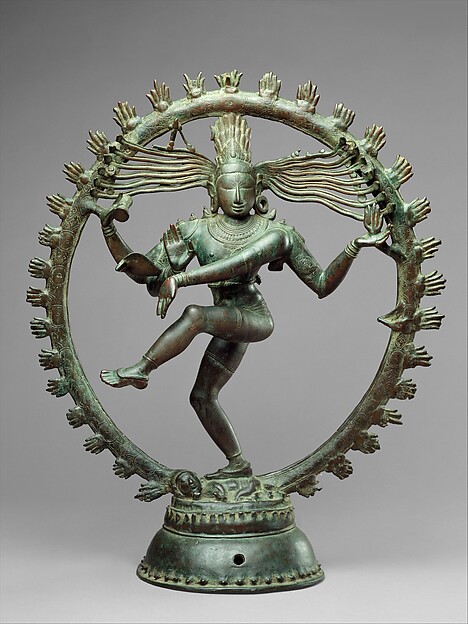For this object, please:
1) describe the purpose (function) of this object
2) choose any two features of this object and explain how each one relates to that purpose.
By "features" I mean: physical details, materials or techniques -- parts of the physical form of the object. For example -- an akuaba is made of dark, smooth wood that is highly polished; there are sometimes beads or jewelry attached; and it represents the human form, but by exaggerating some aspects (the head) and minimizing others (arms, legs).
Things that matter:
a) your choice of which features to discuss
b) the depth of thought in your answer
c) precise and careful use of appropriate technical terms from class discussion
d) clear and correct language
e) avoiding any hint of plagiarism
Answers are due in class on Monday.



























